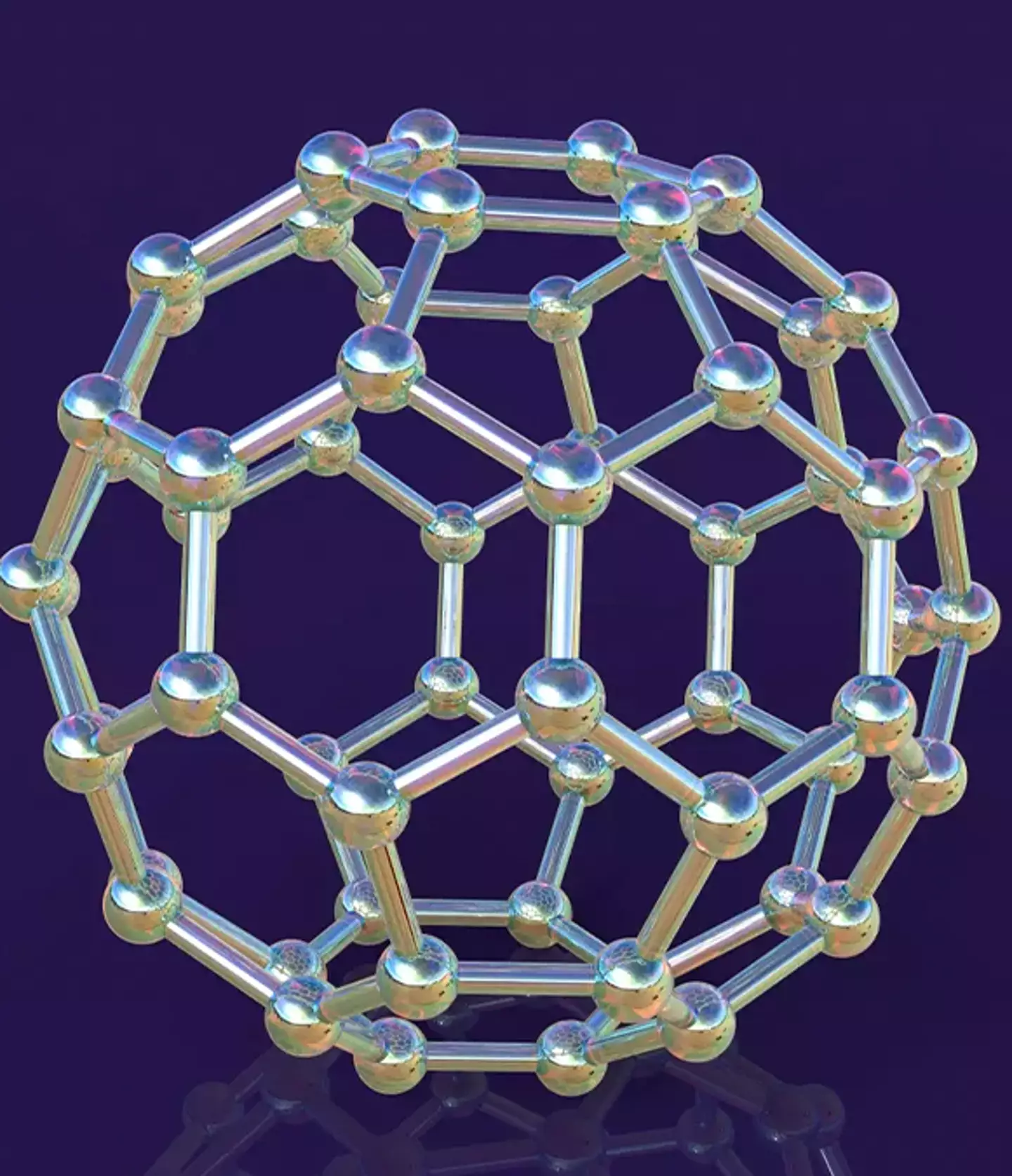
Ever wondered what the world's most expensive item is?
It's not gold or any kind of fancy diamond for that matter.
Surprisingly, it’s actually a powder that wins as Earth's most expensive item.
In fact, nothing even comes close to this substance which can sell for as much as $140 million (£110 million) per gram.
Advert
Technically, according to NASA, 'antimatter' is worth more than this powder at an astronomical $62.5 trillion (£49 trillion) for just the tiniest part of it. However, since it would cost more than the entire global economy, it doesn’t seem likely anyone will be buying it anytime soon.

Therefore, the University of Oxford has been allowed to hail the powder as 'the most expensive thing on Earth.'
Funnily enough, the name comes as a bit of a mouthful too: Nitrogen Atom-Based Endohedral Fullerenes.
Advert
But, why is it so expensive?
Well, the value doesn’t lie in what it can do right now; as right now it's pretty much useless. Instead, it’s all about the material's potential for the future and the technology it might help us develop.
Nitrogen Atom-Based Endohedral Fullerenes could lead to the creation of tiny, super-accurate atomic clocks.
If you don't know, atomic clocks are essential for GPS systems so they're pretty important for navigation.
Advert
The issue is that current atomic clocks are usually the size of a room.
Using Nitrogen Atom-Based Endohedral Fullerenes could shrink atomic clocks down to a size that makes old IBM computers look massive compared to today’s smartphones.

This could open up all sorts of possibilities, not just for navigation but for pinpointing locations with incredible accuracy.
Advert
So, in the future with the possibility of driverless cars, having on-board atomic clocks could allow GPS systems to track a vehicle’s location even in areas with weak signals, like tunnels - which could make remote driving much safer.
Oxford scientists at Designer Carbon Materials who designed the powder believe that one day, smartphones could have atomic clocks built into them.
“Imagine a minaturised atomic clock that you could carry around in your smartphone,” Dr Kyriakos Porfyrakis, a nanomaterial scientist who has been working on the material since 2001, told The Telegraph. “This is the next revolution for mobile.”
To put its design simply, Nitrogen Atom-Based Endohedral Fullerenes consists of a cage of carbon atoms that hold nitrogen atoms inside.
Advert
These molecules have enhanced physical and electronic properties compared to 'normal' ones - long electron spin lifetime, according to Ars Technica.
The name is a nod to architect Richard Buckminster Fuller, famous for his designs that featured distinctive interlocking triangles in geodesic domes.